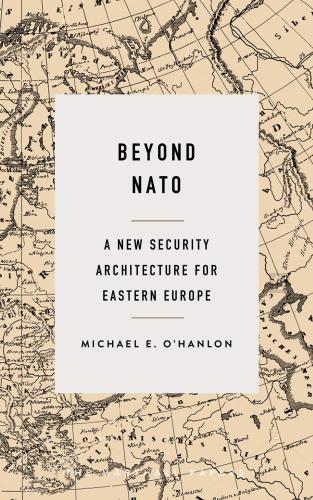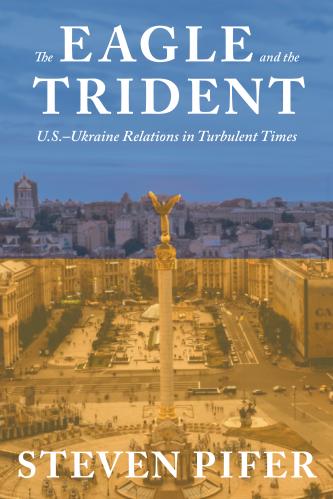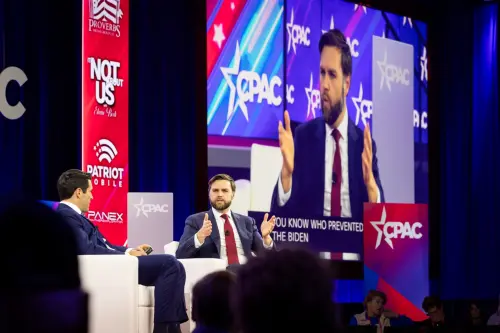

10:00 am EDT - 11:30 am EDT
Past Event
10:00 am - 11:30 am EDT
1775 Massachusetts Avenue N.W.
Washington, DC
20036
Russia’s conflict with Ukraine stems in part from the Kremlin’s concern that Kyiv is drawing too close to institutions such as the European Union and NATO. Throughout his campaign, President Donald Trump called into question the usefulness of today’s NATO and spoke of building a better relationship with Moscow. Advocating change, he has shaken trans-Atlantic bonds and arguably seen some results. Would the president be prepared to go further and suggest ending NATO expansion while seeking a new security architecture that might accommodate and reduce the risk of conflict with Russia? What would be the benefits and costs of such an approach?
On July 31, the Center for 21st Century Security and Intelligence at Brookings hosted an event focused on the future of NATO and the European security order. Brookings Senior Fellow Michael O’Hanlon, author of “Beyond NATO: A New Security Architecture for Eastern Europe” (Brookings Institution Press, 2017) was joined by Brookings Senior Fellow Steven Pifer, author of “The Eagle and The Trident: U.S.—Ukraine Relations in Turbulent Times” (Brookings Institution Press, 2017). Torrey Taussig, pre-doctoral research fellow at Brookings, moderated the discussion.
Related Content

Michael E. O’Hanlon
August 15, 2017

Steven Pifer
July 11, 2017
Panelist


Sam Boocker, Alexander Conner, David Wessel
April 25, 2024
2024
The Brookings Institution, Washington DC
10:00 am - 11:15 am EDT

Constanze Stelzenmüller
April 22, 2024